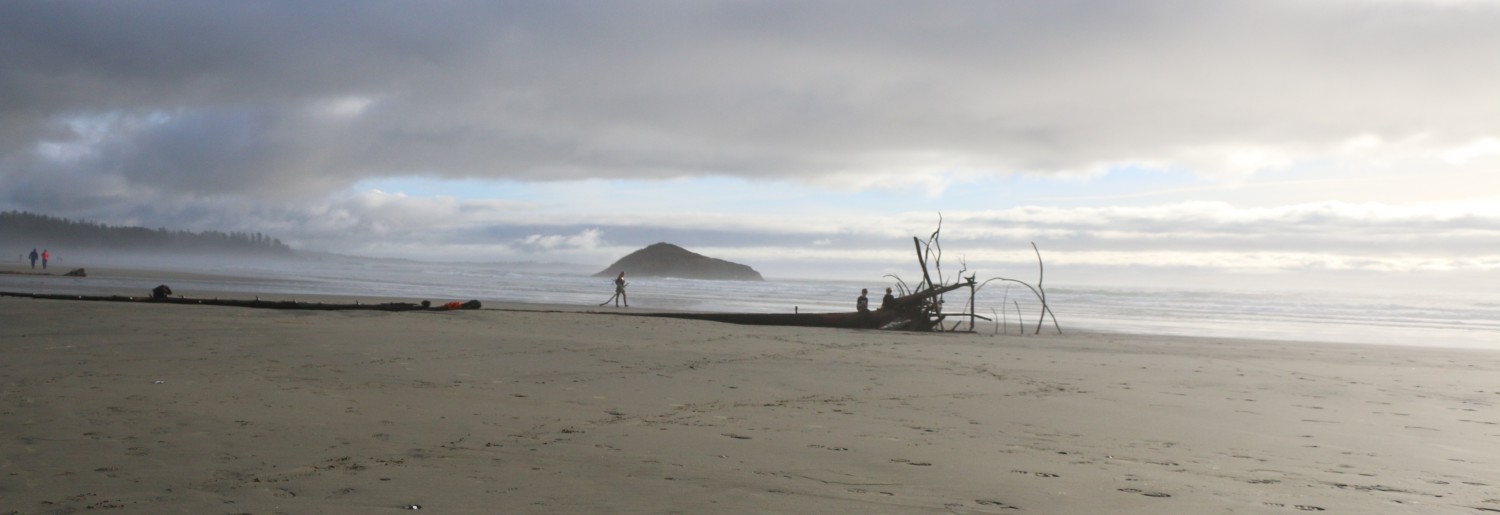Thursday, June 28, 2012 – Globe and Mail
ADAM RADWANSKI AND ANNA MEHLER PAPERNY
With two bodies pulled from the wreckage of Elliot Lake’s Algo Mall, Dalton McGuinty’s government is set to begin a grim review of whether Ontario’s own emergency-response processes undermined the ultimately fruitless rescue mission.
A source in the Premier’s Office confirmed on Wednesday that the review will consider whether the specialized excavator used to dismantle the collapsed mall – four days after the crisis began – should have been brought in sooner.
After confusion about who was calling the shots on the ground, the review will examine whether the current emergency-response system delegates authority properly.
It will also consider whether structural concerns about the mall, brought to the Labour Ministry’s attention more than once, should have been identified and fixed before its collapse.
But the overriding question hanging over the government concerns the strange sequence of events on Monday.
When the initial rescue strategy was deemed unsafe, and efforts stopped altogether for several hours, why did it require an evening phone call from Mr. McGuinty asking for a Plan B before emergency-response leaders came up with one?
Provincial officials have implied that by the time work stopped Monday, two days after the roof of the mall collapsed, the Toronto-based Heavy Urban Search and Rescue Unit (HUSAR) may have been too exhausted and frustrated to fully consider a range of options. But while that team had two civil engineers and multiple rescue technicians with it, allowing it to conduct assessments of the site, a source familiar with the emergency-response process noted that HUSAR is “an operational dig-em-out unit.”
That should have left someone else – possibly from Emergency Management Ontario, or Community Safety Commissioner Dan Hefkey – in charge of “big-picture” strategy, the source said. But before Mr. McGuinty intervened, there appears to have been a void in leadership for several hours, and possibly longer if it emerges that a mistake was made in failing to bring in the crane sooner.
In an interview, Mr. Hefkey credited Monday evening’s conference call with Mr. McGuinty – which also included Staff Inspector Bill Neadles, who is in charge of the Toronto HUSAR unit – for “absolutely” ramping up pressure to consider fresh options.
“He was asking us, you know, ‘Come on, guys … there’s got to be a solution,’” recalled Mr. Hefkey, who remained in Toronto through the early stages of the crisis. “I don’t get calls from the Premier every day. So when I get the call from the Premier saying, ‘Let’s look for solutions,’ I’m looking even harder for solutions and I’m talking with Bill even more about it.”
As to Mr. Hefkey’s role in decision-making, he says he didn’t want to second-guess Staff Insp. Neadles on Monday’s “tactical decision” to cease efforts.
After the Premier’s intervention, it required only a five-minute conversation between Staff Insp. Neadles and Mr. Hefkey to authorize the use of heavier equipment. And the gigantic excavator ultimately proved an effective way of getting through the rubble. The bodies of Doloris Perizzolo and Lucie Aylwin, the two women who had been trapped inside, were recovered Wednesday.
Mr. McGuinty opted not to visit Elliot Lake during the rescue efforts, officials said, for fear that his presence would prove a distraction. But he travelled there on Wednesday to thank emergency workers for their efforts, and to offer his condolences to friends and family of the victims.
It likely won’t be long before he’s pressed – there and back at the provincial capital – for further details on the review, which is aimed at ensuring a smoother response to future emergencies.
Whatever the chain of command, other emergency-response experts said the matter should never have reached the level of the Premier. Michael Coyle, a manager with Coquitlam Search and Rescue in British Columbia, expressed concern that there was a “political response to what is essentially a safety issue.” Safety can be jeopardized, he suggested, when politicians “jump at the chance to appear to be doing something.”
Around Queen’s Park, the widespread perception on Wednesday was that Mr. McGuinty had little choice, since Ontarians would have held him responsible if rescue efforts had been abandoned before it was clear there were no survivors.

